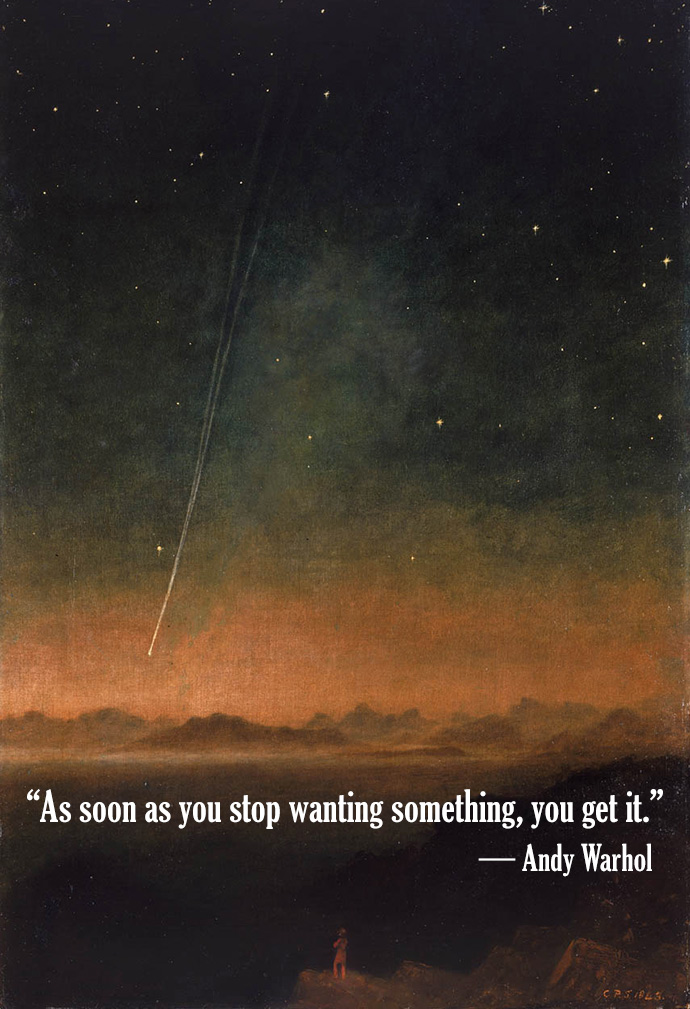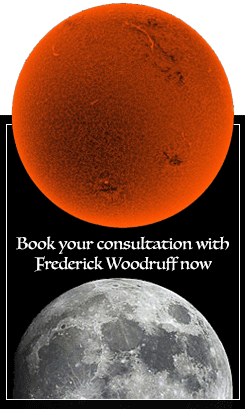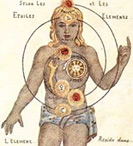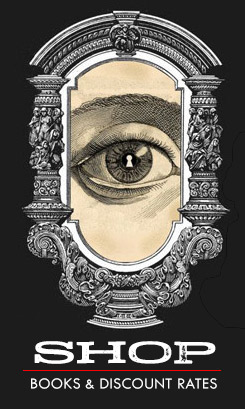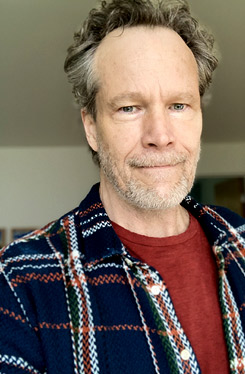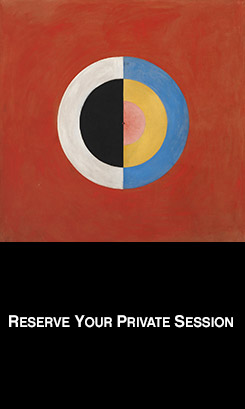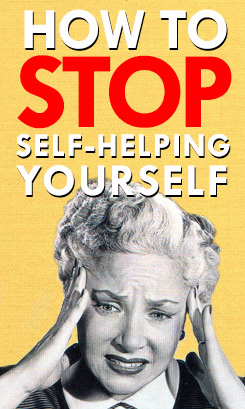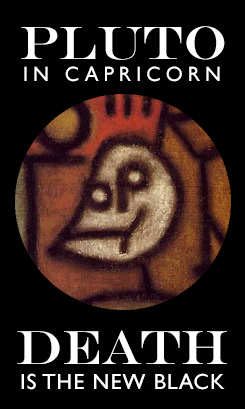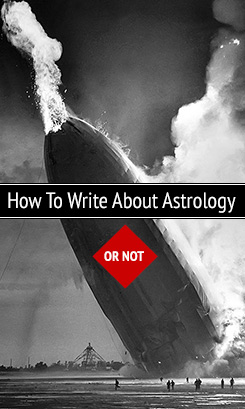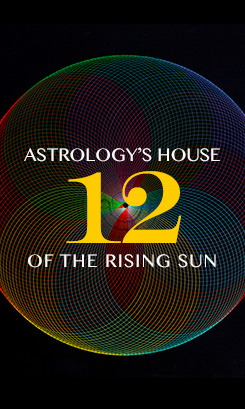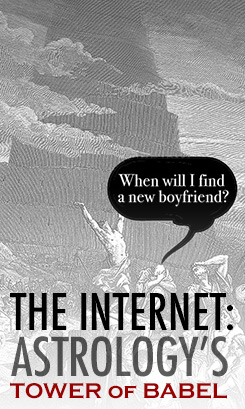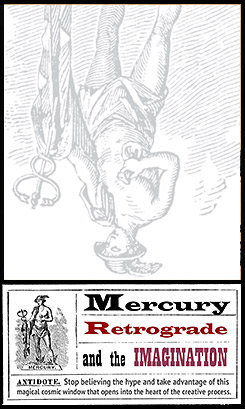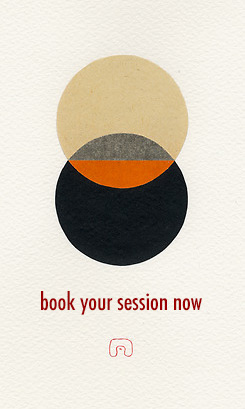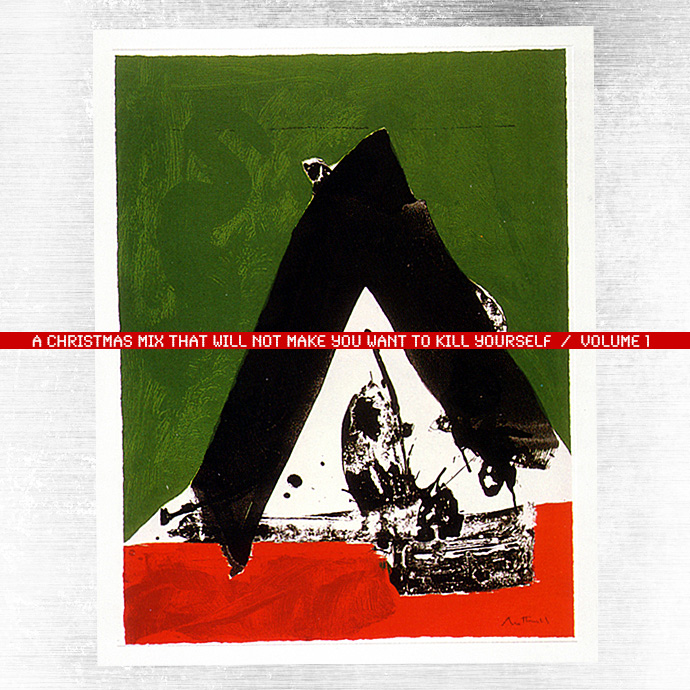A Mystical View of the Christmas Tree
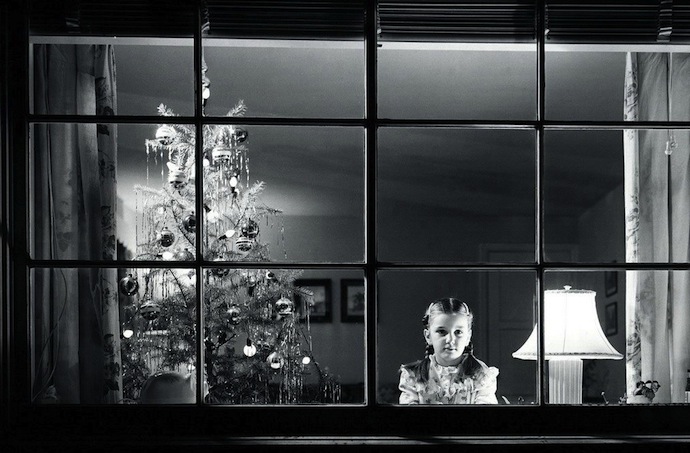
from December 2009
I’ve always put up a Christmas tree. Despite the halfhearted participation (and groaning) of my boyfriends, I’ve faithfully, right after Thanksgiving, headed out and bought (or here on Vashon, cut down) a tree to lug home. It’s a ritual I rarely miss.
After visiting India some years ago I returned home in the winter and the notion of putting a bauble-laden tree on display felt absurd. This is a rite of passage for anyone who ventures to India: Your brain cells are rearranged and you never view your world, or its customs, the same. I know that was true for me as a Westerner. Christmas in America, after the dust and squalor of India, felt gluttonous. So I skipped the holidays that year — though I missed having a tree in the house.
I enjoy the act of arranging the colors, textures and lights on a tree. It’s similar to making a painting, the alchemy of conjuring art. Simpler, but no less magical. I especially love the ricochetting of light amidst the ornaments, as it envelops the tree at nighttime. As I’ve grown older I’ve come to understand that the ritual of displaying a tree is a sacred act — although I’ve never fully understood why.
Most of us are familiar with the historical origins of the Christmas tree. Its association with the pagan rite of celebrating the solstice. When the light of the Sun ‘returns’ in the Northern hemisphere and begins its increase and ascent, the radiance grows stronger and longer through the ensuing months. Trees would be displayed to honor the burgeoning of light and life. And the fruits and trinkets that would decorate the tree honored the bounty, the wish of a successful harvest in the year to come.
And yet the historical perspective never impressed me much. I mean, none of those facts would drift through my mind as I’d lounge on the couch in the evening — no matter my age — and stare at the tree until I fell asleep. Nope, another set of mysterious associations would encircle me and send me into a reverie. And it wasn’t until I came to the conclusion of one of my favorite books this year that I began to make sense of my devotion.
Martha Heyneman‘s book The Breathing Cathedral is a fantastic interweaving of the cosmologies of Gurdjieff, Dante, Aquinas, Stephen Hawking and others, into a new model, a new interpretation of the universe we inhabit. I was drawn to the book because, as a longtime student of Gurdjieff’s teachings, I was intrigued to see how Heyneman, a zoology student turned poet, was bringing Gurdjieff’s teachings forward and marrying them to the world of science.
The last chapter of her book is titled O Christmas Tree, and at first the subject — the family Christmas tree — seemed an odd way to summarize all that she’d explored in the previous chapters. But in the end I understood completely. Read more
Denise Levertov Will Make Your Brain Melt
This poem? I’m stunned, in the same way that you want to follow and retain a shooting star’s trajectory (but can’t), with the way Levertov forces silence into place, between the words, merging both sides of your brain while you absorb the essence of her secret code — honestly, a transcendental incantation.
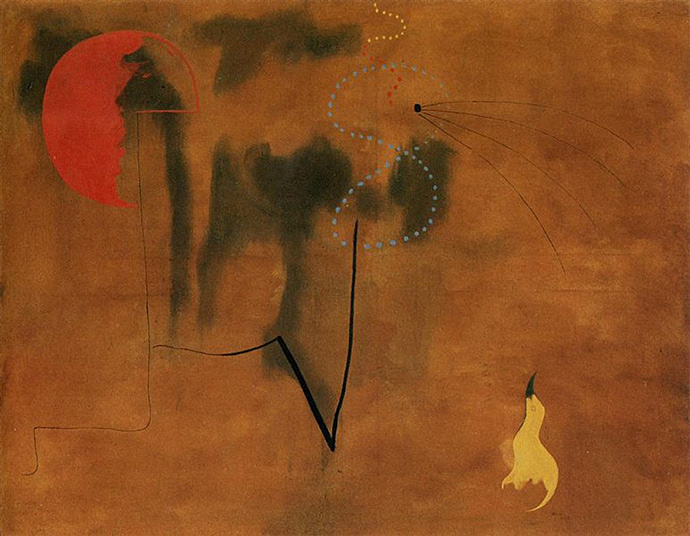
Once Only
All which, because it was
flame and song and granted us
joy, we thought we’d do, be, revisit,
turns out to have been what it was
that once, only; every initiation
did not begin
a series, a build-up: the marvelous
did happen in our lives, our stories
are not drab with its absence: but don’t
expect now to return for more. Whatever more
there will be will be
unique as those were unique. Try
to acknowledge the next
song in its body-halo of flames as utterly
present, as now or never.
A Christmas Mix That Will Not Make You Want to Kill Yourself Vol. 1
December 15th was always a big day for me when I was a kid, it was the date a small radio station in West Covina, California, not far from where we lived, converted their playlist to non-stop Christmas music. Holiday tunes that played 24/7 until the stroke of midnight on December 25.
Today, that sounds like one of Dante’s Circles of Hell, but back then (and when you are 13-years-old) it was novel and something unique to anticipate. Christmas music hadn’t been commodified into a haunting, unrelenting prompt to shop.
Both of my parents in that household (my dad and my stepmom) were heavy drinkers, especially around the holidays because my dad despised the season (it meant spending money; my dad being a parsimonious Aries, with Moon in Cancer [why are Cancers so often cheap?]) and my stepmom, a sort of ‘fallen’ Catholic, liked to throw ’em back to forget about having abandoned Jesus.
As the oldest sibling (and most sober person) in the household I had to manage everything “Christmas”: Pestering my dad to purchase a tree, goading my brothers to help decorate it, forbidding our two Dobermans from entering the living room to gnaw on the garland. Have you ever seen tinsel entwined in a dog turd? I have.
Anyway, that station that played Christmas music non-stop kept me on point. Aside from the usual excitement kids have about that “magic day”, I was also a music aficionado — so a cycle of songs that returned annually, always sounding pristine, fascinated me. It also honed my ear for really good Christmas songs versus the obnoxious shrill stuff — which eventually mutated into an epidemic right around the time of Mariah Carey‘s first holiday album. Nothing against that LP, but it seemed to open the floodgates on all of the glissando-manic, glory note-chasing kitsch that’s ubiquitous today.
I’m putting together three mixes for you this Christmas. This is the first one. Volume 2 will follow next week sometime, and then towards solstice I’ve a collection of sacred music that should make for a perfect audio detox after you’ve dragged your ass home from the last mall to chill and attempt to connect to that eerie voice of the silence that coincides with the longest night.
In the interim, enjoy some profane stuff today. Here’s volume one:
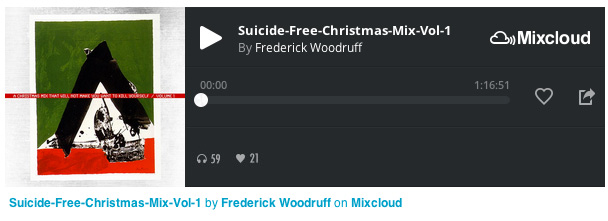
Colin Wilson Has Left The Building
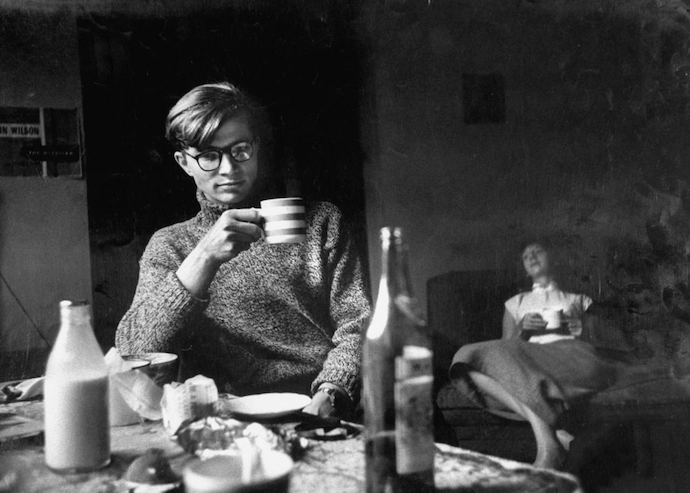
“Life itself is an exile. The way home is not the way back.†–Colin Wilson
A fellow Cancerian, Colin Wilson‘s seminal book The Outsider aggravated a place in my soul that eventually became my salvo against the confines of consensus reality.
Meaning, his close examination of individuals who lived as poets or artists or occultists or just peculiar mutations within our species — the unclassifiables — got under my skin when I was a teenager and helped forge my path forward as an adult — with courage and enthusiasm — to explore astrology, art, poetry, metaphysics and the teachings of Gurdjieff.
Years later he recounted: “As a young man I was scornful about the supernatural but as I have got older, the sharp line that divided the credible from the incredible has tended to blur; I am aware that the whole world is slightly incredible.â€
His claim that the “mark of greatness is always intuition, not logic” supported my own instincts and goaded, in a way, my disinterest in hard science, with its over-emphasis on materialism and chilly all-or-nothing proclamations about reality. Which, if you study enough science, you soon discover are made defunct decades later by a new brood of giant-headed blowhards declaring the latest explanations for everything.
Wilson always wrote from a wild mixture of wonder, awe, strict discipline (his output was beyond prolific) and the impulse to explore every possible facet of any given subject, especially if it involved the otherworldly. The weirder, the better. Even lurid subjects like crime, murder and perversion benefited from his unflinching eye and inquiry, driving my Moon and Saturn in Scorpio into rapt attention that bordered on obsession.
There will be lots of homages to read online today, better and more comprehensively written than mine. Find them and then begin your own journey into Wilson’s wondrous worlds. Start with The Outsider. A rite of passage for every human being.
But I wanted to post my shock and sadness and sense of loss upon hearing the news this morning that Colin had died. I don’t like the feeling of being on the planet without him around — as corny as that sounds; but it’s a testament to how thoroughly his essence intertwined with and impacted my path.
It’s like I’ve lost a soul brother.
Venus and Mars and The Mind as the Body’s Largest Erogenous Zone

This post comes via a suggestion from astrologer Sherrye Weinstein, and I’d like to thank her off the top for it.
I’d posted a request for article ideas over on Facebook today and Sherrye suggested an inquiry into the peculiar — and rather long — transits of Venus in Capricorn and Mars in Libra. Venus will move through the sign Capricorn until early March 2014; and Mars will transit Libra, beginning tomorrow, until the end of July 2014. That is a long Mars transit, and in a sign that, conventionally, Mars is muddled in. Not to mention Venus’s FAIL in Capricorn.
Without launching into a diatribe against the too-tight limitations traditional astrology applies to interpretation (with its rulerships, laws, dignities, falls and train wrecks), I want to focus more on the fascinating possibilities that exist for each of us while the planet of love traverses the sign of structure and limitation — Capricorn (where Mars is exalted and runs free — bastard!).
As you’ll see, I’m not negating our heritage from traditional astrology, but I’m amplifying the various paradoxes in a way that fit a modern logos, one imbued with the merits of psychological understanding. Having said that, it’s interesting to remember that Saturn, Capricorn’s ruler is exalted in Libra, a Venusian sign — and that offers a cogent clue here. We’ve a bit of a cluster fuck with these transits, and it’s fun to untangle the various limbs and gender parts, to find the goose that lays the golden egg (I think I mixed metaphors, yes?) Read more
Cease and Receive
